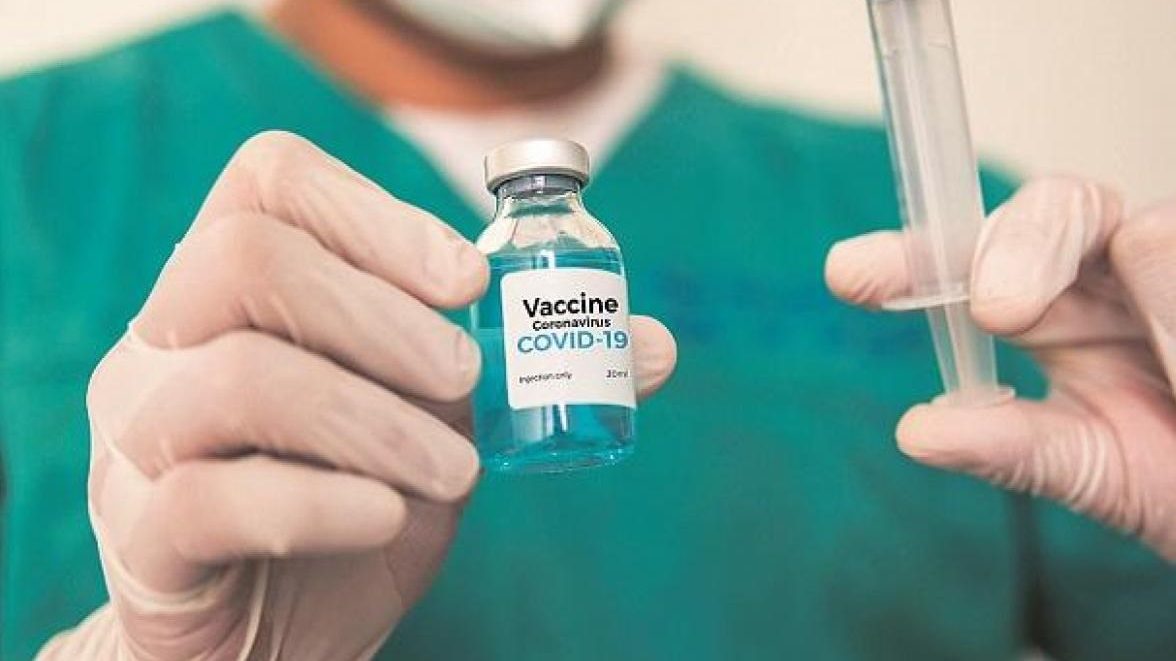
HOW DOES COVID VACCINES WORK?
The COVID-19 vaccines produce protection against the disease, as a result of developing an immune response to the SARS-Cov-2 virus. Developing immunity through vaccination means there is a reduced risk of developing the illness and its consequences. This immunity helps you fight the virus if exposed.
The COVID-19 vaccines produce protection against the disease, as a result of developing an immune response to the SARS-Cov-2 virus. Developing immunity through vaccination means there is a reduced risk of developing the illness and its consequences. This immunity helps you fight the virus if exposed.
WHAT IS SPUTNIK?
The earlier phase 1/2 data published in September, 2020, showed promising safety results and gave an indication that the immune response was at a level consistent with protection.10 Recipients generated robust antibody responses to the spike protein, which included neutralising antibodies, the proportion of the total immunoglobulin that inhibits the virus binding to its receptor. They also showed evidence of T-cell responses, consistent with an immune response that should not quickly wane. The interim report of the phase 3 data now presented1 includes results for more than 20 000 participants, 75% of whom were assigned to receive the vaccine, and the follow-up for adverse events and infection.
HOW DOES SPUTNIK WORK?
Denis Logunov and colleagues1 report their interim results from a phase 3 trial of the Sputnik V COVID-19 vaccine in The Lancet. The trial results show a consistent strong protective effect across all participant age groups. Also known as Gam-COVID-Vac, the vaccine uses a heterologous recombinant adenovirus approach using adenovirus 26 (Ad26) and adenovirus 5 (Ad5) as vectors for the expression of the severe acute respiratory syndrome coronavirus 2 (SARS-CoV-2) spike protein. The use of two varying serotypes, which are given 21 days apart, is intended to overcome any pre-existing adenovirus immunity in the population.2 Among the major COVID vaccines in development to date, only Gam-COVID-Vac uses this approach; others, such as the Oxford–AstraZeneca vaccine, use the same material for both doses.
WHAT IS THE IDEA BEHIND THE ADENOVIRUS VACCINES?
The recombinant adenovirus route to protection is shared with the Oxford–AstraZeneca vaccine, which uses a chimpanzee adenovirus (ChAdOx),5 the Johnson & Johnson vaccine that uses only Ad266 whose detailed results are expected soon, and the CanSinoBIO-Beijing Institute of Biotechnology Ad5-based vaccine whose phase 3 trial began in September, 2020. The carrier viruses are modified and cannot initiate a productive infection; they enter cells, express the spike protein, and then stop (because they cannot continue the normal virus lifecycle), although a high-sensitivity analysis also showed that a few Ad genes were expressed, albeit at a low level. The vaccine-infected cells are eventually destroyed by the very immunity they are designed to elicit. Recombinant adenoviruses have been used widely as vaccine vectors because they can accommodate large genetic payloads and, although unable to replicate, they trigger the innate immunity sensors sufficiently to ensure robust immune system engagement. Consequently, they do not need an adjuvant and can provide immunity after just a single dose. Their physical robustness is thought to allow storage at temperatures around –18°C, which is feasible for many supply chains. The downside of recombinant adenovirus-based vaccines is that large doses are required, typically 1010 or 1011 particles, which makes large demands on the manufacturing and quantitation required for rollout on a global scale.
COMPARING SPUTNIK V WITH COVISHIELD AND COVAXIN
Covishield, the Oxford-AstraZeneca vaccine being manufactured by the Serum Institute of India, follows the same philosophy. It ‘is made from a weakened version of a common cold virus (known as an adenovirus) from chimpanzees. It has been modified to look more like coronavirus – although it can’t cause illness,’ according to a BBC report.
Covaxin, on the other hand, is an inactivated vaccine — which means that it is made up of killed coronaviruses, making it safe to be injected into the body. ‘Bharat Biotech used a sample of the coronavirus, isolated by India’s National Institute of Virology. When administered, immune cells can still recognise the dead virus, prompting the immune system to make antibodies against the pandemic virus,’ the BBC report said.
A separate NYT report said Covaxin works by teaching the immune system to make antibodies against the SARS-CoV-2 coronavirus. ‘The antibodies attach to viral proteins, such as the so-called spike proteins that stud its surface,’ it added.
‘Inactivated viruses have been used for over a century. Jonas Salk used them to create his polio vaccine in the 1950s, and they’re the bases for vaccines against other diseases including rabies and hepatitis A.’
IS SPUTNIK V EFFICTIVE?
Sputnik V has a shown an efficacy rate of 91.5 percent, the highest after Moderna and Pfizer-BioNTech’s candidates. In India, trials were conducted before it got the approval.
On April 6, Russian state-backed news agency TASS quoted the country’s Health Minister Mikhail Murashko as saying that side effects from the Sputnik V vaccine have been reported in 0.1 percent of cases.
“The development of the Sputnik V vaccine has been criticised for unseemly haste, corner cutting, and an absence of transparency. But the outcome reported here is clear and the scientific principle of vaccination is demonstrated, which means another vaccine can now join the fight to reduce the incidence of Covid-19,” Professor Ian Jones, University of Reading, and Professor Polly Roy, London School of Hygiene & Tropical Medicine, UK, had written in The Lancet in August 2020.
